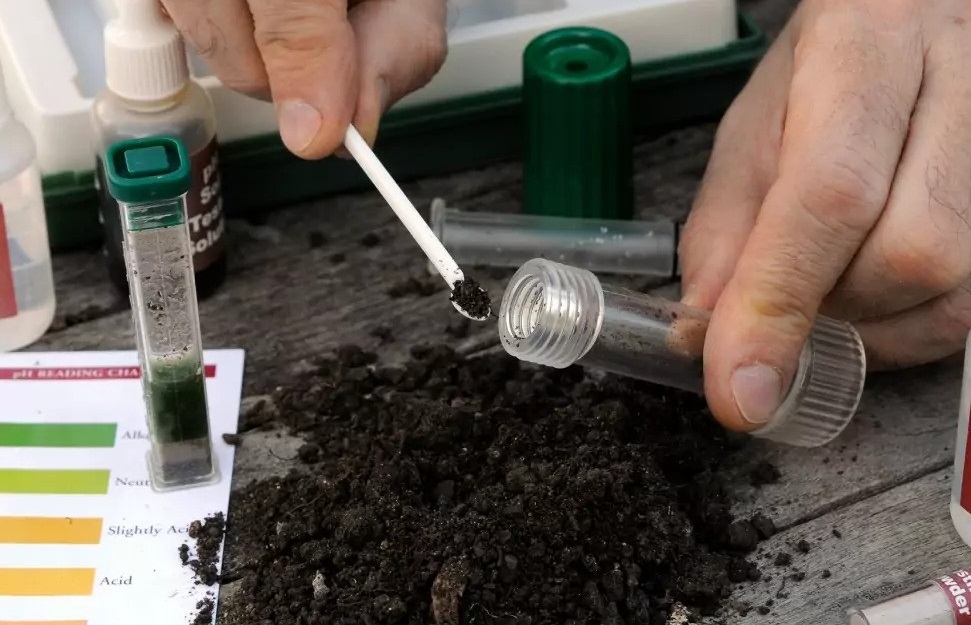Blogs
5 Common Mistakes to Avoid in Soil Investigation

Soil investigation is a critical step in any construction project, providing valuable insights into ground conditions and helping engineers design safe and stable structures. However, inaccurate or incomplete soil investigations can lead to catastrophic consequences, including structural failures, costly delays, and even loss of life.
If you’re looking for reliable soil testing services in West Bengal, avoiding the following common mistakes is crucial to ensuring accurate results and a solid foundation for your project.
1. Inadequate Site Characterization
One of the most significant mistakes in soil investigation is inadequate site characterization. This involves failing to gather sufficient data about the site’s geology, hydrology, and environmental conditions.
To avoid this mistake, it’s essential to conduct a thorough site characterization, including:
- Reviewing existing literature and data on the site’s geology and hydrology
- Conducting site visits to observe the terrain, vegetation, and other environmental factors
- Collecting and analyzing soil samples from multiple depths and locations
2. Insufficient Sampling
Another common mistake is insufficient sampling, which can lead to inaccurate or incomplete data. Poor sampling can result in faulty interpretations that compromise the project’s safety and efficiency.
To avoid this mistake, it’s crucial to develop a comprehensive sampling plan, including:
- Determining the optimal number and location of samples
- Selecting the most appropriate sampling methods and equipment
- Ensuring that samples are representative of the site’s conditions
If you require soil testing in West Bengal, working with experts who follow a detailed sampling plan can significantly improve the accuracy of your investigation.
3. Inaccurate Laboratory Testing
Inaccurate laboratory testing can significantly impact the reliability of soil investigation results. Errors in testing methods can lead to incorrect soil classifications and engineering decisions.
To avoid this mistake, it’s essential to:
- Use accredited laboratories with experienced technicians
- Ensure that testing methods are up-to-date and appropriate for the site conditions
- Verify that testing equipment is calibrated and functioning correctly
4. Ignoring Environmental Factors
Environmental factors, such as groundwater flow and contamination, can significantly impact soil conditions and stability. Neglecting these factors can lead to construction failures and unexpected project costs.
To avoid this mistake, it’s crucial to:
- Assess the site’s environmental conditions, including groundwater flow and contamination
- Consider the potential impacts of environmental factors on soil stability
- Incorporate environmental data into the soil investigation report
5. Failing to Communicate Results Effectively
Finally, failing to communicate soil investigation results effectively can lead to misunderstandings and misinterpretations, potentially compromising the safety of the construction project.
To avoid this mistake, it’s essential to:
- Use clear and concise language in the soil investigation report
- Provide actionable recommendations and guidelines
- Highlight potential risks or limitations and outline mitigation strategies
Conclusion
Soil investigation is a critical component of any construction project, providing valuable insights into ground conditions and helping engineers design safe and stable structures. By avoiding the common mistakes outlined in this article, engineers and project managers can ensure that their soil investigations are accurate, comprehensive, and effective.
If you’re in need of soil testing services in West Bengal, make sure to work with experts who follow best practices to deliver reliable results. Proper soil testing can save time, reduce costs, and enhance the safety of your construction project.
